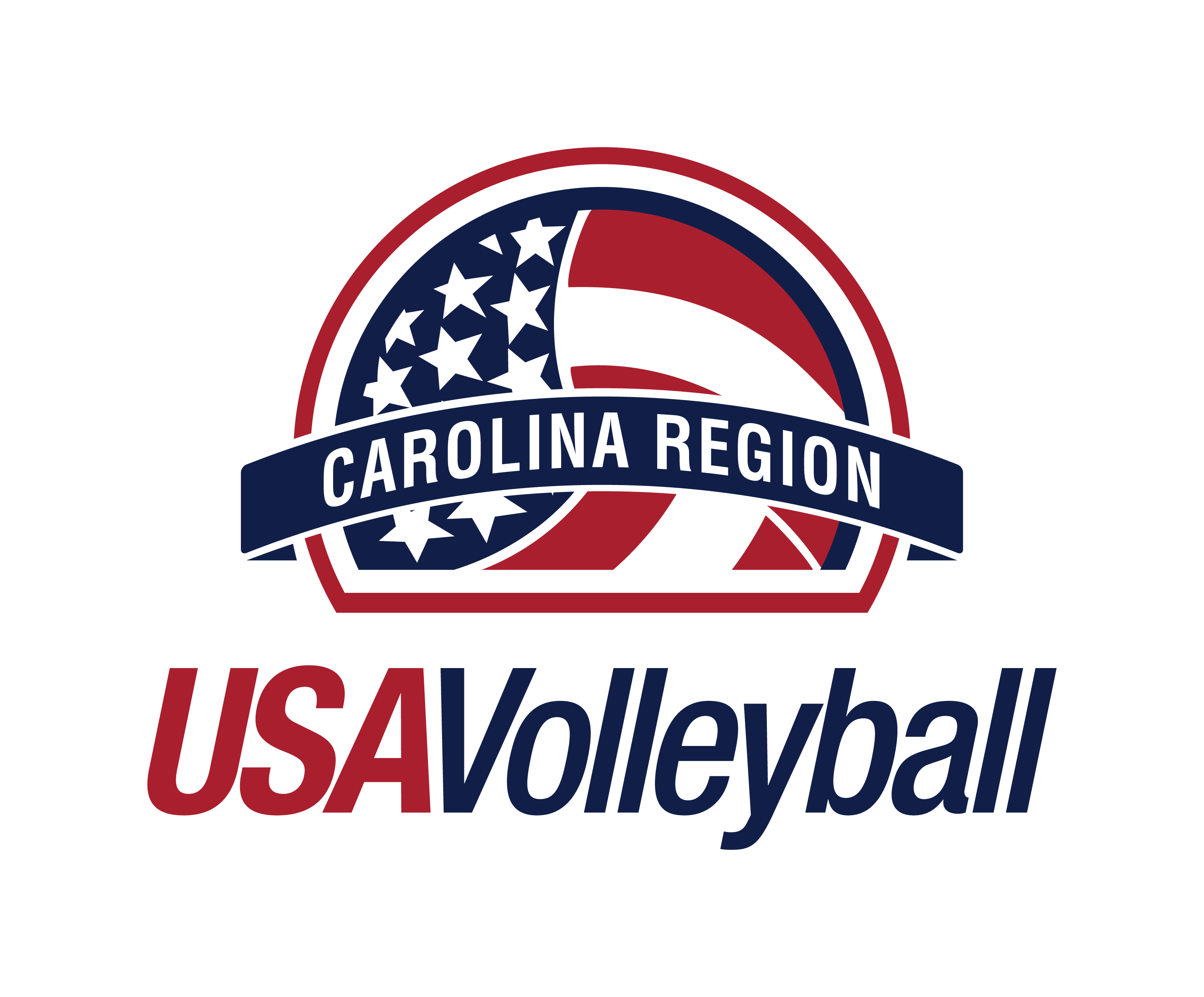A Simple Method for Play Calling
Steve Stout
Lake Norman (NC) VB Club
In my years of coaching, I have observed two facts about play calling. First, players enjoy it, but secondly, it’s difficult to get them to do it, particularly since there is no agreement among systems. The middle calls for a "one", which everyone know is a quick hit, but what if the right side hitter wants a quick set: does he/she call for a "one" as well? To find a system which could work for younger teams, I studied the various methods for play calling, especially the rather complicated system employed by the Olympic teams. That’s way beyond most high school teams, so in order to simply matters, we tried colors (red for an outside high set) , and even animals (pig for a backset), but how does the setter signal for a blue frog?
It’s obvious that the easiest method is to use numbers which the setter can communicate by hand signals, but the setter has only so many fingers and so much time to flash out a 9 and a five. There’s got to be a simpler system, and I’d like to share one we are using with our Club.
The most standard system of numbering used worldwide in VB involves the rotation/ serving zones. Since all first year players learn about zones 1 through 6, why not use those same numbers for play calling as well? In its simplest form, the setter signals with 4 fingers, the outside left attacker responds with a 4, and there it is, easy communication for a high outside set! The thumb can be used as a shortcut for a 6 (middle backrow attack) and a fist for a 0 (for whatever you want a zero to be). Using this method, the setter can call for every play using one hand, if desired; for example, 3 fingers followed by 1 finger (a 31), would be a quick middle.
Try this simplest form for beginning teams:
| SET ZONE | SETTER’S FINGER SIGNAL | HITTER’S CALLED RESPONSE |
|---|---|---|
| 1 (Back Right) | 1 | "One" |
| 2 (Front Right) | 2 | "Two" |
| 3 (Front Middle) | 3 | "Three" |
| 4 (Front Left) | 4 | "Four" |
| 5 (Back Left) | 5 | "Five" |
| 6 (Back Middle) | 6 | "Six" |
Variations can now be easily added with a second called number and flashed hand signal:
| A QUICK/SHOOT SET | SETTER’S FINGER SIGNAL | HITTER’S CALLED RESPONSE |
|---|---|---|
| To Zone 1 (Back Right) | 1 & 1 | "Eleven" |
| To Zone 2 (Front Right) | 2 & 1 | "Twenty-One" |
| To Zone 3 (Front Middle) | 3 & 1 | "Thirty-One" |
| To Zone 4 (Front Left) | 4 & 1 | "Forty-One" |
| To Zone 5 (Back Left) | 5 & 1 | "Fifty-One" |
| To Zone 6 (Back Middle) | Thumb & 1 | "Sixty-One" |
| A HIGH SET | SETTER’S FINGER SIGNAL | HITTER’S CALLED RESPONSE |
|---|---|---|
| To Zone 1 (Back Right) | 1 & 2 | "Twelve" |
| To Zone 2 (Front Right) | 2 & 2 | "Twenty-Two" |
| To Zone 3 (Front Middle) | 3 & 2 | "Thirty-Two" |
| To Zone 4 (Front Left) | 4 & 2 | "Forty-Two" |
| To Zone 5 (Back Left) | 5 & 2 | "Fifty-Two" |
| To Zone 6 (Back Middle) | Thumb & 1 | "Sixty-Two" |
A slide or set to the right side of the zone could be a 3 (so a middle slide would be a 33); a cross could be 4 (so a 44 would be a set for the front left hitter; a 34 to the middle); and so forth, etc.
Anyway, this system gives 7 variations to each hitter (using the fist for 0), which ought to be sufficient to cover just about every conceivable attack possibility. For more complicated systems, a third hand signal could be added (so a thumb, a 2, and a fist, or a called 620, could be really quick low set to the back row middle between the front middle and right side, right at that attack line, but then, who gets that specific?
The obvious advantage is that the players learn the serving zones real well (which they generally hate, since they have a hard time placing serves), since these become the hitting zones as well (and what VB player doesn’t love to attack-hit?). Using this system, the setter can signal every set using one hand opened-closed-opened) unless he/she wanted to use the right hand for the zone and the left for the ball placement, and the hitter can respond with a corresponding number which will be the same on every VB court in the world.
